- FIBER OPTIC TRANSCEIVERS >800G & 400G Transceivers >400G QSFP112 DR4 1310 nm 500 m
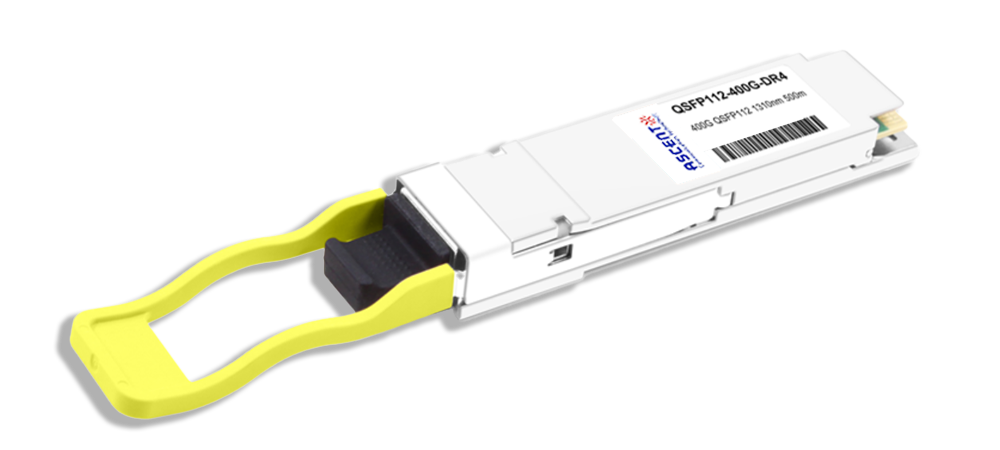
400G QSFP112 DR4 1310 nm 500 m
Ascentãs Q112-400G-DR4-05 400 Gbps QSFP112 DR4 transceiver is a 400Gb/s Quad Small Form-factor Pluggable (QSFP) optical module design for 500 m optical communication applications. The module converts 4 input channels of 100Gb/s electrical data to 4 channels of parallel optical signals, each capable of 100Gb/s operation for an aggregate data rate of 400Gb/s. Reversely, on the receiver side, the module converts 4 channels of parallel optical signals of 100Gb/s, each channel for an aggregate data rate of 400Gb/s into 4 channels of 100Gb/s electrical output data. An optical fiber cable with an MTP/MPO-12 connector can be plugged into the QSFP112 DR4 module receptacle. Proper alignment is ensured by the guide pins inside the receptacle. The cable usually cannot be twisted for proper channel to channel alignment. Electrical connection is achieved through a QSFP112 MSA-compliant edge type connector. This product is designed with form factor, optical/electrical connection and digital diagnostic interface according to the QSFP112 MSA Type2. It has been designed to meet the harshest external operating conditions including temperature, humidity and EMI interference. I2C interface is supported to read and control the status of this product.
ôñ QSFP112 MSA Compliant
ôñ CMIS compliance
ôñ Support 425Gb/s aggregate bit rate
ôñ 4 Parallel optical lanes
ôñ MPO-12 connector
ôñ Up to 500m transmission on SMF with KP4 FEC
ôñ Operating case temperature 0 to 70ô¯C
The transceiver complies with common management interface specification (CMIS). The supported key features listed below allow host software to read and control the transceiver status through I2C.
ôñ Adaptive Tx input equalization
ôñ Programmable Rx output amplitude
ôñ Programmable Rx output pre-cursor
ôñ Programmable Rx output post-cursor
ôñ Supply voltage monitoring (DDM_Voltage)
ôñ Transceiver case temperature monitoring (DDM_Temperature)
ôñ Tx transmit optical power monitoring for each lane (DDM_TxPower)
ôñ Tx bias current monitoring for each lane (DDM_TxBias)
ôñ Rx receive optical power monitoring for each lane (DDM_RxPower)
ôñ Warning and alarm indication for each DDM function
ôñ Tx & Rx LOL and LOS indication
ôñ Tx fault indication
ôñ Host and line side loopback capabilities
ôñ Host and line side PRBS generator and checker capabilities
ôñ CDB firmware upgrade capability
ôñ Versatile diagnostics monitoring (VDM) capability (optional, additional power consumption increase)
ôñ Other functions defined in CMIS
Absolute Maximum Ratings
Parameter | Symbol | Min. | Max. | Unit |
Storage Temperature | Ts | -40 | 85 | ô¯C |
Case Operating Temperature | Top | 0 | 70 | ô¯C |
PowerSupply Voltage | Vcc | -0.5 | 3.6 | V |
Relative Humidity (non-condensation) | RH | 0 | 85 | dBm |
Recommended Operating Conditions
Parameter | Symbol | Min. | Typ. | Max. | Unit | Note |
Operating Case Temperature | Top | 0 | 70 | ô¯C | ||
Power Supply Voltage | Vcc | 3.135 | 3.3 | 3.465 | V | |
Data Rate, Each Lane | 53.125 | GBd | ||||
Data Rate Accuracy | -100 | 100 | ppm | |||
Pre-FEC Bit Error Ratio | 2.4x10-4 | |||||
Post-FEC Bit Error Ratio | 1x10-15 | |||||
Link Distance | D | 2 | 500 | m |
Note:
1. FEC provided by host system.
2. FEC required on host system to support maximum distance.
Electrical Characteristics
The following electrical characteristics are defined over the Recommended Operating Environment
unless otherwise specified.
Parameter | Symbol | Min | Typ. | Max | Units | Notes |
Power Consumption | 9.5 | W | ||||
Supply Current | Icc | 2.87 | A | |||
Module Input (each Lane) | ||||||
Signaling Rate, Each Lane | TP1 | 53.125 ôÝ 100 ppm | GBd | |||
DC Common-Mode Input Voltage | TP1 | -0.35 | 2.85 | |||
Single-Ended Input Voltage | TP1a | -0.4 | 3.3 | |||
AC Common-Mode Voltage Tolerance Low-Frequency, VCMLF | TP1a | 32 80 | ||||
Module Stressed Input Test | IEEE 802.3ck 120G3.4.3 | |||||
Differential Peak-to-Peak Input Voltage Tolerance | TP1a | 750 | ||||
Common to Different Mode Input Return Loss | TP1 | IEEE802.3ck Equation 120G-2 | ||||
Effective Input Return Loss | TP1 | 8.5 | ||||
Differential Input Termination Mismatch | TP1 | 10 | % | |||
Module Output (each Lane) | ||||||
Signaling Rate, Each Lane | TP4 | 53.125 ôÝ 100 ppm | GBd | |||
Differential Peak-to-Peak | ||||||
Output Voltage Short Mode | TP4 | 600 | mV | |||
Long Mode | 845 | |||||
AC Common Mode Output | ||||||
Voltage, RMS Low-Frequency, VCMLF | TP4 | 32 | mV | |||
Full-Band, VCMLF | 80 | |||||
Differential Termination Mismatch | TP4 | 10 | % | |||
Vertical Eye Closure, VEC | TP4 | 12 | dB | |||
Eye Height | TP4 | 15 | mV | |||
Common-Mode to | TP4 | IEEE802.3ck Equation 120G-1 | dB | |||
Differential Mode Output Return Loss | ||||||
Effective Output Return Loss | TP4 | 8.5 | dB | |||
Output Transition Time (20% to 80%) | TP4 | 8.5 | ps | |||
DC Common-Mode Output Voltage | TP4 | -350 | 2850 | mV | ||
Optical Characteristics
Parameter | Symbol | Min | Typ. | Max | Units | Notes |
Wavelength | ö£ | 1304.5 | 1310 | 1317.5 | nm | |
Transmitter | ||||||
Data Rate, Each Lane | 53.125 ôÝ 100 ppm | GBd | ||||
Modulation Format | PAM4 | |||||
Side-Mode Suppression Ratio | SMSR | 30 | dB | |||
Average Launch Power, Each Lane | PAVG | -2.9 | 4 | dBm | ||
Outer Optical Modulation Amplitude (OMAouter), Each Lane | POMA | -0.8 | 4.2 | dBm | 1 | |
Launch Power in OMAouter Minus TDECQ, Each Lane | -2.2 | dBm | ||||
Transmitter and Dispersion Eye Closure for PAM4 (TDECQ), Each Lane | TDECQ | 3.4 | dB | |||
Extinction Ratio | ER | 3.5 | dB | |||
RIN21.4OMA | RIN | -136 | dB/Hz | |||
Optical Return Loss Tolerance | TOL | 21.4 | dB | |||
Transmitter Reflectance | RT | -26 | dB | |||
Average Launch Power of OFF Transmitter, each Lane | Poff | -15 | dBm | |||
Receiver | ||||||
Data Rate, Each Lane | 53.125 ôÝ 100 ppm | GBd | ||||
Modulation Format | PAM4 | |||||
Damage Threshold, Each Lane | THd | 5 | dBm | 3 | ||
Average Receive Power, Each Lane | -5.9 | 4 | dBm | 4 | ||
Receive Power (OMAouter), each Lane |
4.2 | dBm | ||||
Receiver Sensitivity (OMAouter), Each Lane | SEN | Equation (1) | dBm | 5 | ||
Stressed Receiver Sensitivity (OMAouter), Each Lane | SRS | -1.9 | dBm | 6 | ||
Receiver Reflectance | RR | -26 | dB | |||
LOS Assert | LOSA | -15 | -9.9 | |||
LOS De-assert | LOSD | -6.9 | dBm | |||
LOS Hysteresis | LOSH | 0.5 | dB | |||
Conditions of Stress Receiver Sensitivity Test (Note 7)
| ||||||
Stressed Eye Closure for PAM4 (SECQ), Lane under Test | 3.4 | dB | ||||
OMAouter of Each Aggressor Lane | 4.2 | dBm | ||||
Notes:
1. Average launch power, each lane (min) is informative and not the principal indicator of signal
strength. A transmitter with launch power below this value cannot be compliant; however, a value
above this does not ensure compliance.
2. The values for OMAouter (min) vary with TDECQ. Below picture illustrates this along with the values for
OMAouter(max).
3. The receiver shall be able to tolerate, without damage, continuous exposure to a modulated optical
input signal having this power level on one lane. The receiver does not have to operate correctly at
this input power.
4. Average receive power, each lane (min) is informative and not the principal indicator of signal strength.
A received power below this value cannot be compliant; however, a value above this does not ensure
compliance.
5. Receiver sensitivity (OMAouter) is informative and is defined for a transmitter with a value of SECQ
up to 3.4dB. Receiver sensitivity should meet Equation (1), which is illustrated in below picture.
RS = max(ã3.9, SECQ ã 5.3) dBm where RS is the receiver sensitivity, and TECQ is the TECQ of the
transmitter used to measure the receiver sensitivity.
6. Measured with conformance test signal at TP3 for the BER equal to 2.4x10-4.
7. These test conditions are for measuring stressed receiver sensitivity. They are not characteristics of
the receiver.

Diagnostic Characteristics
The following digital diagnostic characteristics are defined over the normal operating conditions
unless otherwise specified.
Parameter | Symbol | Min | Max | Units | Notes |
Temperature Monitor Absolute Error | DMI_Temp | -3 | 3 | ô¯C | Over operating temperature range |
Supply Voltage Monitor absolute error | DMI _VCC | -0.1 | 0.1 | V | Over full operating range |
Channel RX Power Monitor Absolute Error | DMI_RX_Ch | -2 | 2 | dB | 1 |
Channel Bias Current Monitor | DMI_Ibias_Ch | -10% | 10% | mA | |
Channel TX Power Monitor Absolute Error | DMI_TX_Ch | -2 | 2 | dB | 1 |


800G OSFP DR8 1310 nm 500 m
800 Gb/s DR8 OSFP 500m Optical Transceiver

800G OSFP SR8 850 nm 100 m
OSFP-800G-SR8D-01 800 Gb/s OSFP SR8 850 nm 100 m Transceiver
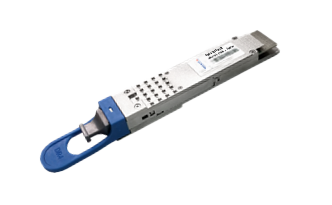
400G QSFP56-DD 10km
400G QSFP-DD 4X100G LR1 Optical Transceiver

400G QSFP-DD ZR+
QSFP-DD-ZR-80 400 Gb/s QSFP-DD 80 km Transceiver
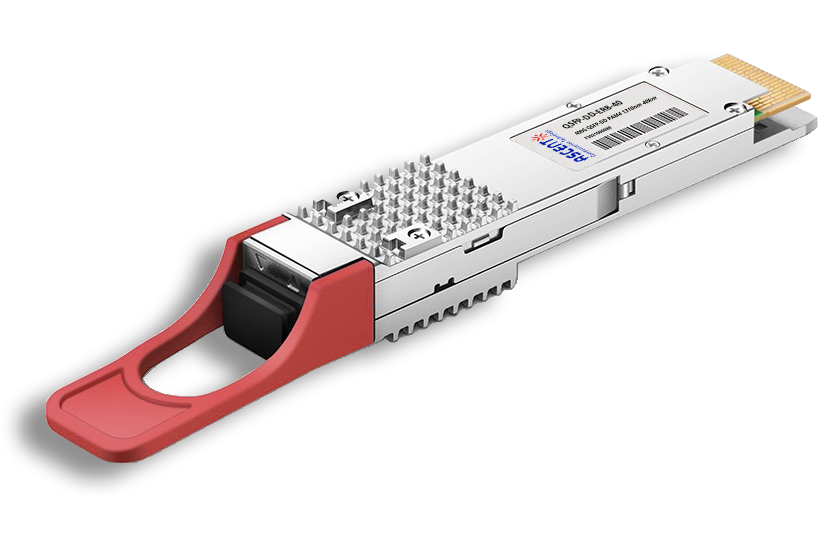
400G QSFP-DD ER8 40 km
QSFP-DD-ER8-40 400 Gb/s QSFP-DD 40 km Transceiver
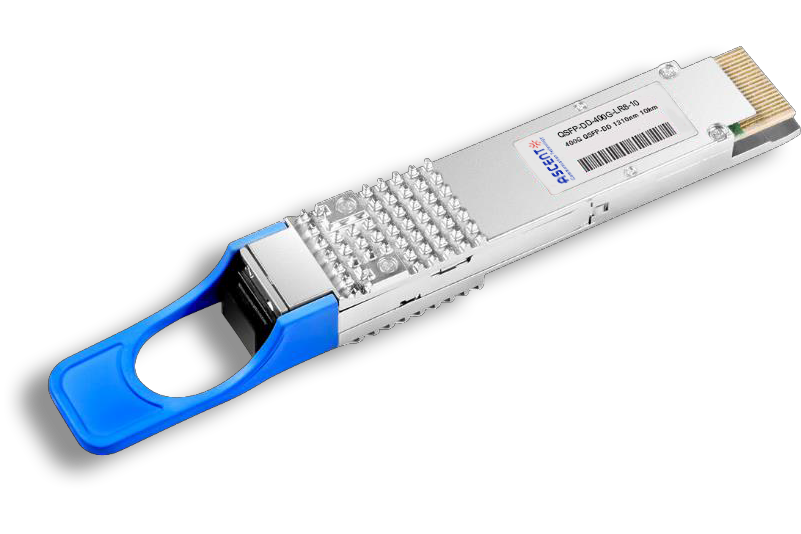
400G QSFP-DD LR8 1310 nm 10 km
QSFP-DD-LR8-10 400 Gb/s QSFP-DD LR8 10 km Transceiver

400G QSFP-DD LR4 CWDM 10 km
QSFP-DD-LR4-10 400 Gb/s QSFP-DD LR4 CWDM 10 km Transceiver
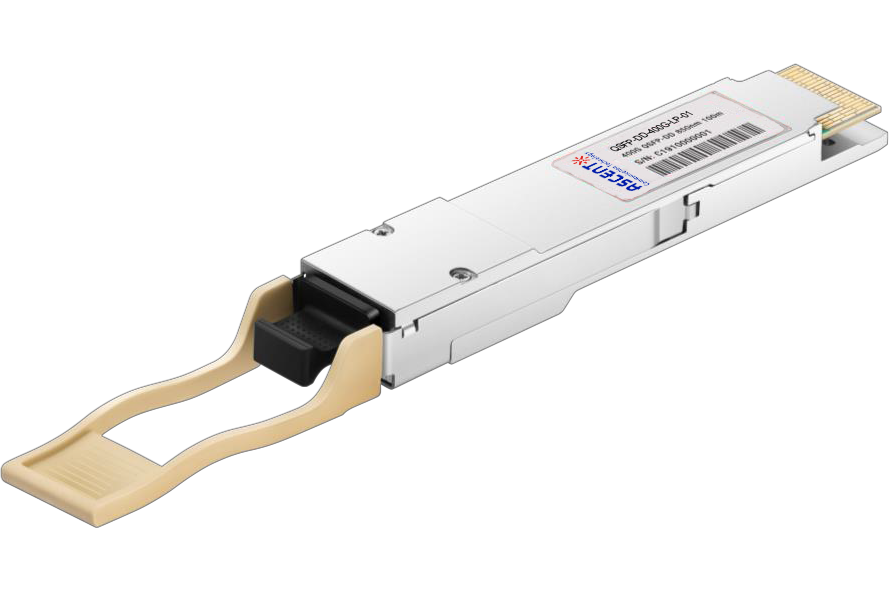
400G QSFP-DD SR8 850 nm 100 m
QSFP-DD-LP-01 400 Gb/s QSFP-DD SR8 100 m Transceiver
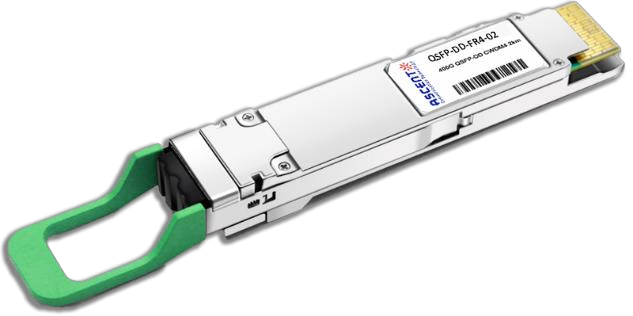
400G QSFP-DD FR4 2km
400 Gb/s QSFP-DD FR4 2 km DDM Transceiver

400G QSFP-DD DR4 500m
400 Gb/s QSFP-DD DR4 500m Transceiver

400G QSFP-DD DCO ZR
400G QSFP-DD DCO ZR Coherent Optical Transceiver

4X100G QSFP-DD LR4 10km
QDD 4x100G 1310nm LR 10 km Transceiver
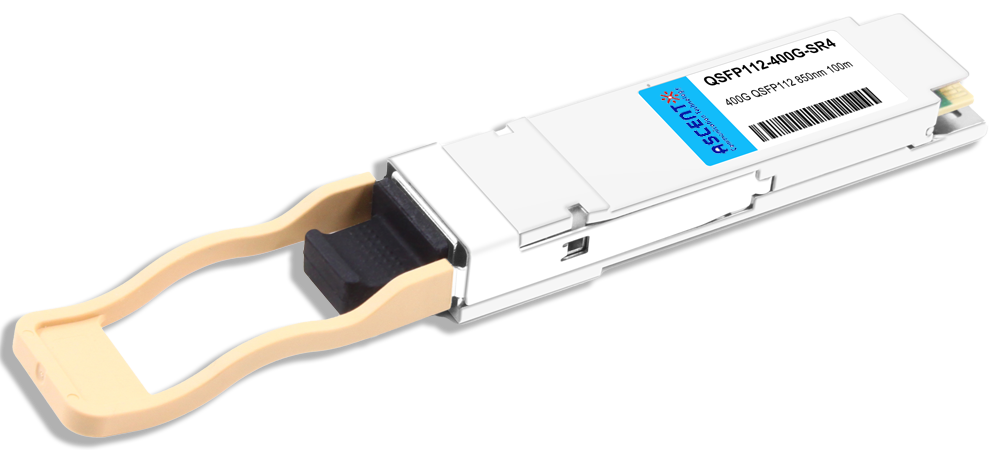
400G QSFP112 SR4 850 nm 100 m
QSFP112-400G-SR4-01 400 Gb/s QSFP112 SR4 850 nm 100 m Transceiver
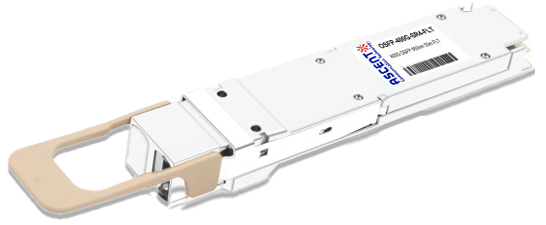
400G OSFP SR4 FLT 50m Transceiver
400 Gbps Multi-Mode 50m OSFP Transceiver
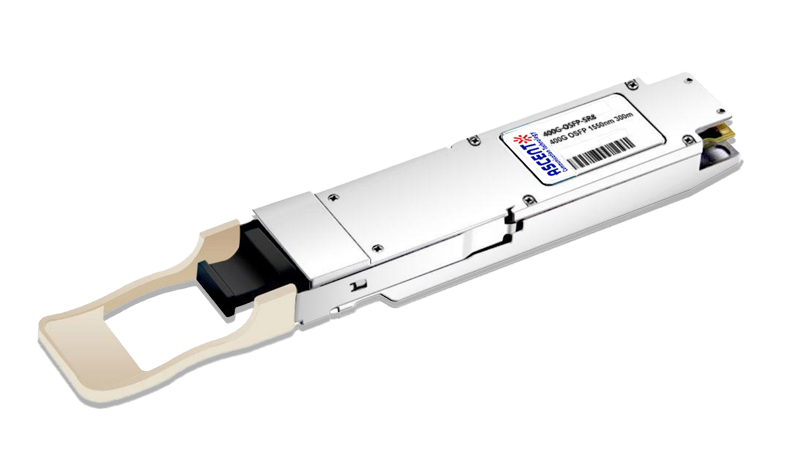
400G OSFP SR8 100m Transceiver
400 Gbps PSM8 Multi-Mode 100m OSFP Transceiver
White Paper
Press Releases
Briefings 1
Briefings 2
Videos, etc.
QRG
Manual1
Manual2
Get in touch with our experts
Feedback